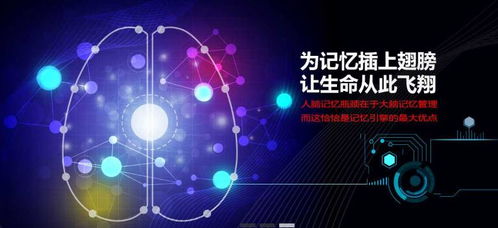智能科技英语单词
Exploring the World of Smart Technology: A Brief Overview
Smart technology, often referred to as the cornerstone of the modern era, encompasses a vast array of innovations that integrate advanced computing, connectivity, and automation to enhance various aspects of daily life. From smart homes and wearable devices to artificial intelligence (AI) and the Internet of Things (IoT), this rapidly evolving field revolutionizes how we interact with technology and each other. Let's delve into key concepts and terminologies within the realm of smart technology.
1. Smart Homes: Enhancing Living Spaces
Smart homes leverage interconnected devices and systems to automate tasks, increase energy efficiency, and enhance security. These systems often include:
Smart Appliances
: Devices like refrigerators, thermostats, and lighting systems equipped with sensors and connectivity, enabling remote control and automation.
Home Assistants
: AIpowered virtual assistants like Amazon Alexa and Google Assistant, capable of voice recognition and executing commands to control smart devices.
Security Systems
: Integrated cameras, motion sensors, and smart locks that provide remote monitoring and alerts for enhanced home security. 2. Wearable Technology: Merging Fashion with Functionality
Wearable technology encompasses devices that can be worn on the body, often featuring sensors and connectivity for tracking health metrics, receiving notifications, and accessing information onthego. Common examples include:
Fitness Trackers
: Devices like Fitbit and Apple Watch monitor physical activity, heart rate, and sleep patterns to promote health and wellness.
Smart Clothing
: Garments embedded with sensors to track biometric data, regulate temperature, or provide haptic feedback for sports and healthcare applications.
Augmented Reality (AR) Glasses
: Wearable displays that overlay digital information onto the user's view of the physical world, offering immersive experiences and practical applications in industries like manufacturing and training. 3. Artificial Intelligence: Powering Intelligent Systems
AI technologies enable machines to perform tasks that typically require human intelligence, such as problemsolving, learning, and decisionmaking. Key components of AI include:
Machine Learning
: Algorithms that analyze data to identify patterns, make predictions, and improve performance over time without explicit programming.
Natural Language Processing (NLP)
: AI techniques that enable computers to understand, interpret, and generate human language, facilitating applications like chatbots and language translation.
Computer Vision
: AI systems capable of interpreting and analyzing visual information from images or video, enabling applications like facial recognition, object detection, and autonomous vehicles. 4. Internet of Things: Connecting Devices and Beyond
The IoT refers to the network of interconnected devices embedded with sensors, software, and connectivity, enabling them to collect and exchange data. Key components of the IoT ecosystem include:
Sensors and Actuators
: Devices that detect and measure physical or environmental conditions (e.g., temperature, humidity) and actuators that initiate actions based on sensor data (e.g., adjusting thermostat settings).
Connectivity Technologies
: Wireless communication protocols like WiFi, Bluetooth, and Zigbee that enable devices to transmit data and interact with each other and cloud services.
Data Analytics
: Tools and algorithms for processing and analyzing the vast amounts of data generated by IoT devices, extracting valuable insights to optimize processes and inform decisionmaking.Conclusion: Embracing a Smarter Future
As smart technology continues to evolve and permeate various aspects of our lives, its impact on society, economy, and culture will only grow. Embracing these innovations offers opportunities to improve efficiency, convenience, and quality of life while also raising important questions regarding privacy, security, and ethical considerations. By staying informed and engaged with the latest developments in smart technology, individuals and organizations can harness its transformative potential to create a more connected, intelligent, and sustainable future.
In summary, the world of smart technology presents a fascinating landscape of innovation and possibility, shaping the way we live, work, and interact with the world around us. From smart homes and wearable devices to AI and the IoT, these technologies hold the promise of a more efficient, convenient, and interconnected future.
1.本站遵循行业规范,任何转载的稿件都会明确标注作者和来源;2.本站的原创文章,请转载时务必注明文章作者和来源,不尊重原创的行为我们将追究责任;3.作者投稿可能会经我们编辑修改或补充。









